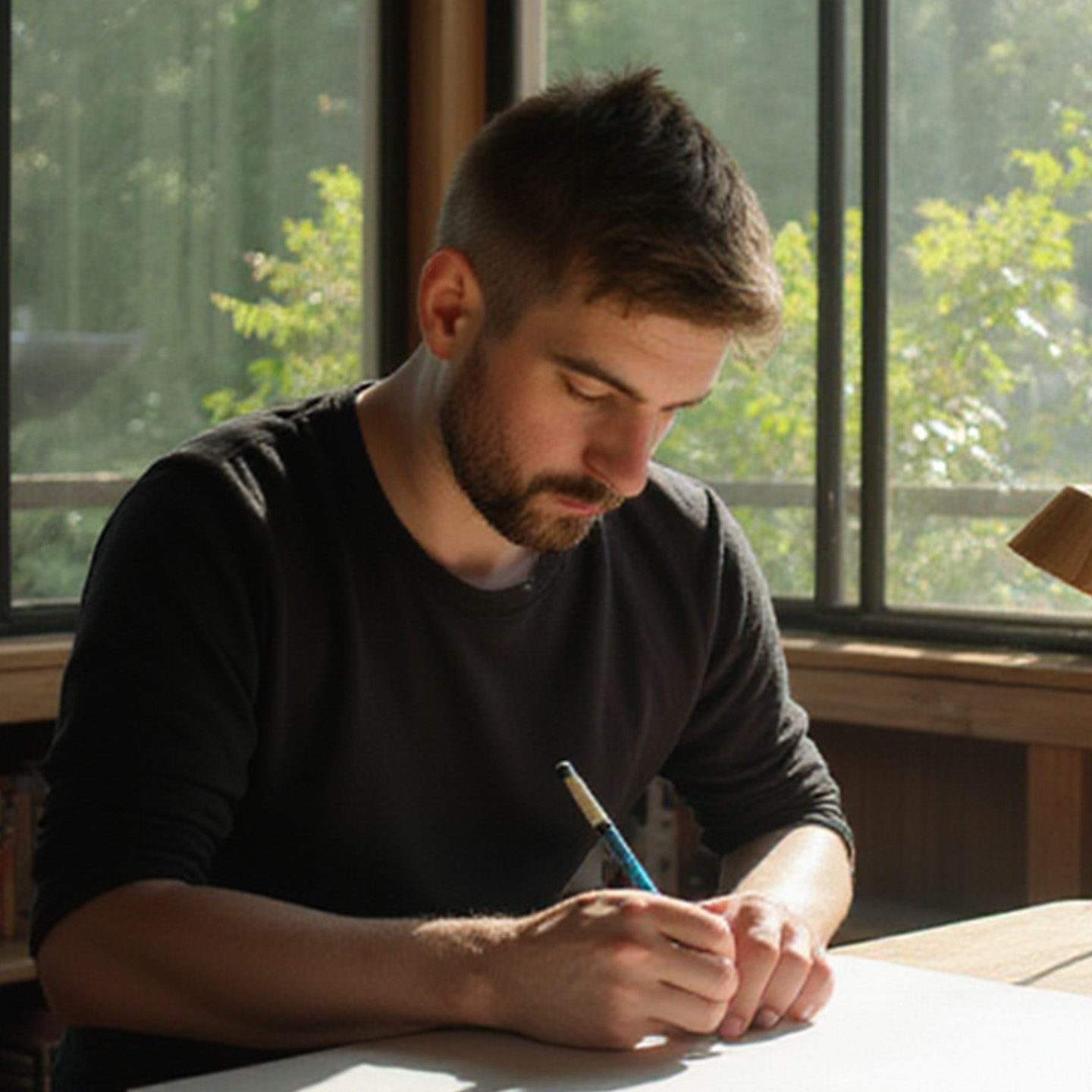Budapest Thermals
# Gellért Baths
A mineral air floats over the waters and through the corridors of Gellért baths; a grandly carved block of imperial sandstone that still kneels on the edge of the Danube.
It’s two ceramic-lined bath halls are located on either side of the lap pool. These rooms are tall, teal-coloured, humid, and they echo with the warm slop of enriched water and hushed voices. A blue winter light strains through waffle-grid skylights in the barrelled roof.
A dozen bathers are poaching below.
Glazed studs the size of tennis balls hold the sea blue tiles to the walls. A black on white mosaic states the temperature - 36C°. A half dozen pierced cast iron roundels the size of drain covers hang like ancient coats of arms somewhere up near the gods. They are thickly painted with colourful flowers. Art nouveau patterns spill over the floor, walls, ceiling and form over the undulated walls that form cubicles for the poolside showers.
Tubular brass rails guide bathers into the water, where bulbous stalactites drip from the burbling spring heads at each end of the hall.
The central lap pool is all height, palms, and turquoise. Simple tiles and old gold clocks hang from the curved walls, and the mineral fur of the warm fountains dull the pedestals.
Lamps glow a Lalique white, opalescent like the ghostly turtle shells, set in their grimy copper mountings.
# Rudas Baths
The octagonal pool at Rudas baths lies in the heart of rich red stone domed vault, stuffed with a thick steam. It’s impossible to see much more than the faded upper of the eight arches surrounding it, which are silhouetted by the warmth of simple hanging lamps that struggle through the fog.
Bathers recline on the shallow steps into the four corner pools. Like the water, these steps cascade downwards in every direction. The great central octagonal pool is lined with slabs of blood orange stone, except the floor which radiates broad, hypnotic bands of black and white marble.
The canopy of the dome that floats above it is pierced in six concentric rings, and each little skylight is capped with a pane of hexagonal coloured glass creating a small hazy light; rose, apple green, violet, yellow, grey, blood, lime and clear.
The place feels elemental. It's easy to believe little would have felt or looked different in this room in 1517 when the Turkish first set it out.
A marble inscription celebrates the centuries it’s seen; it is set into the wall just above the ever-flowing Juve spring, and between two thin ancient doorways which are crowned with mismatched Arabic arches, and open out into the steam rooms and saunas respectively.
Lying on your chest stretched over the steps of one of the cooler corner pools, facing the centre of the room and your back to the fount, you can watch the light ripple in the carved alcove above your head.
If you lower yourself far enough into the water here, you can no longer see anyone; the fog hangs in the arches and all you can hear is the echos of Hungarian conversations from under the great dome, around the corner founts, and the steam-filled chambers beyond.
This post was first published on Thu Jan 30 2020 originally on justbeyondthebridge.co.uk, my former personal blog
